How to Attract Wildlife to Your Garden: 9 Ideas to Turn it into a Nature Preserve
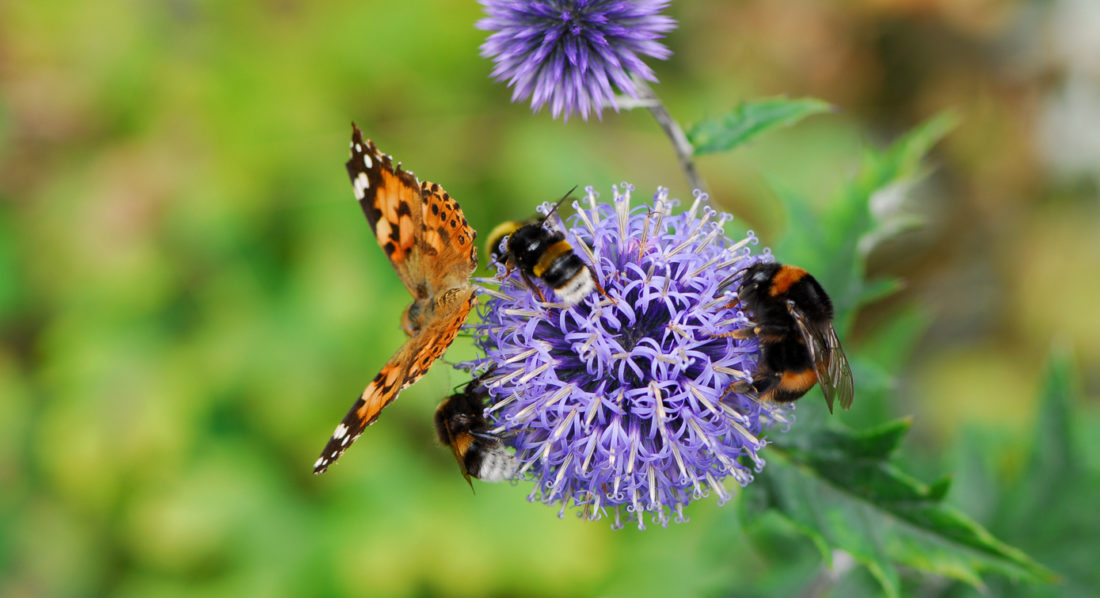
Creating a garden with wildlife in mind means you’re giving back to the animals and mother nature by providing an entire ecosystem for them. Not to mention how looking outside your window on a brisk morning to see your garden teeming with wildlife is nothing short of paradise. In this post, we’ll share how to attract wildlife to your garden with 9 ideas to turn it into a nature preserve.
Why is Creating an Attractive Green Space for Wildlife Important?
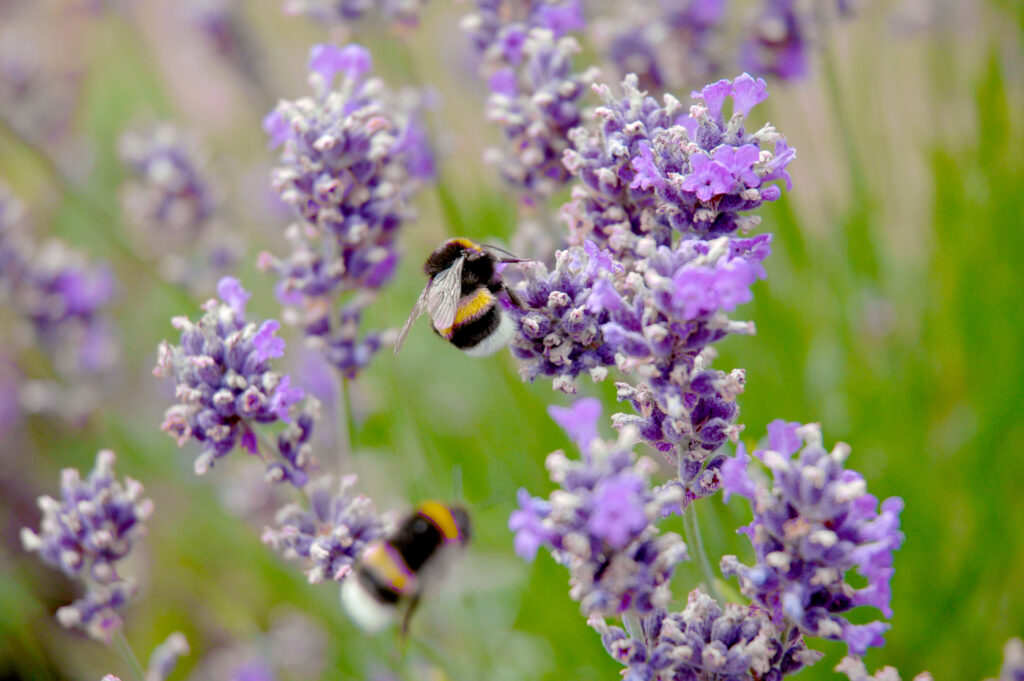
One of the biggest reasons for creating a wildlife-attracting green space is because of the benefits an entire ecosystem does for your garden. By attracting nature of all kinds, you’re opening your garden up to becoming self-sufficient. Earthworms and other insects help fertilise your soil. Bees and Hummingbirds will pollinate your flowers, which helps them bloom in multiple places. Birds also feed on insects, like Aphids and Spider Mites, that often cause damage to vegetable crops or other flowers and plants. In addition to creating a mini-ecosystem in your garden, you’re also helping entire species thrive. Some species, like Honeybees and Bumblebees, are threatened with extinction.
How to Attract Wildlife
Shelter- Whether that’s adding a bird house or just having larger species of tree’s & shrubs, having somewhere to provide shelter will help promote the wildlife garden.
Water- Adding small ponds or bird baths offers thesegarden friends a place to drink. Even leaving out a dish filled with water hidden in the garden will help support this wildlife.
Sunlight-Although this is beyond our control, birds and butterflies will be most attracted to gardens with higher levels of light. Birds need the light to determine their sleep, while butterflies use the warmth of the sun to prepare their wings for flight.
Food-Picking the correct plants for your garden will help feed all 3 during the year. For example, in autumn - birds will feed on the seeds of Rudbeckia & Echinacea long after the plant finishes flowering.
Why Do Bees Need to be Saved?
Bees are known as a keystone species. This means if bees die, it will forever alter ecosystems as we know it. Other life from other species will die because of it. Bees pollinate flowers and plants, which cause other berries, seeds, nuts, and fruits to grow in other places. Most animals depend on these food sources to survive. If bees were to die off, it would cause a chain reaction that would leave numerous other animal species suffering. Saving the bees allows for the species itself to continue surviving. In doing so, it allows other wildlife to continue surviving too.
9 Ideas on How to Attract Wildlife to Your Garden
We know it’s important to bring wildlife to our gardens. But how do you go about doing it? Here are 9 ideas on how to attract wildlife to your garden:
1. Plant the Right Flowers to Attract Wildlife
Many species flock to large, colourful blooms for their sweet nectar. In doing so, they effectively pollinate the plants, which allows them to continue living. However, plenty of wildlife want to see specific flowers.
What Flowers Attract Bees
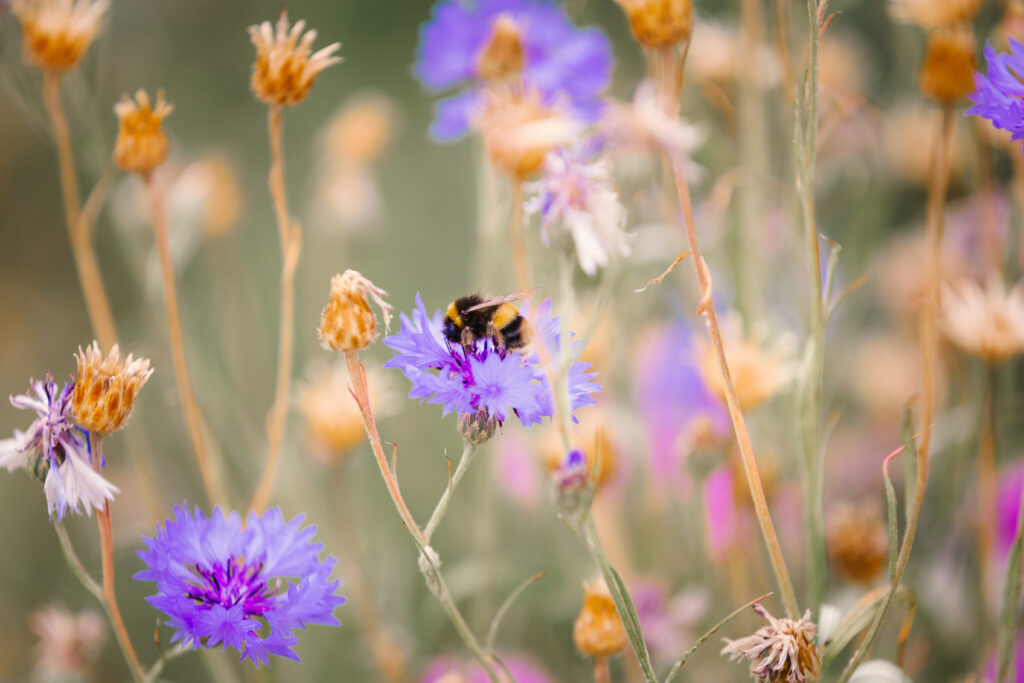
These are some of the best flowers to attract bees to your garden:
What Flowers Attract Butterflies
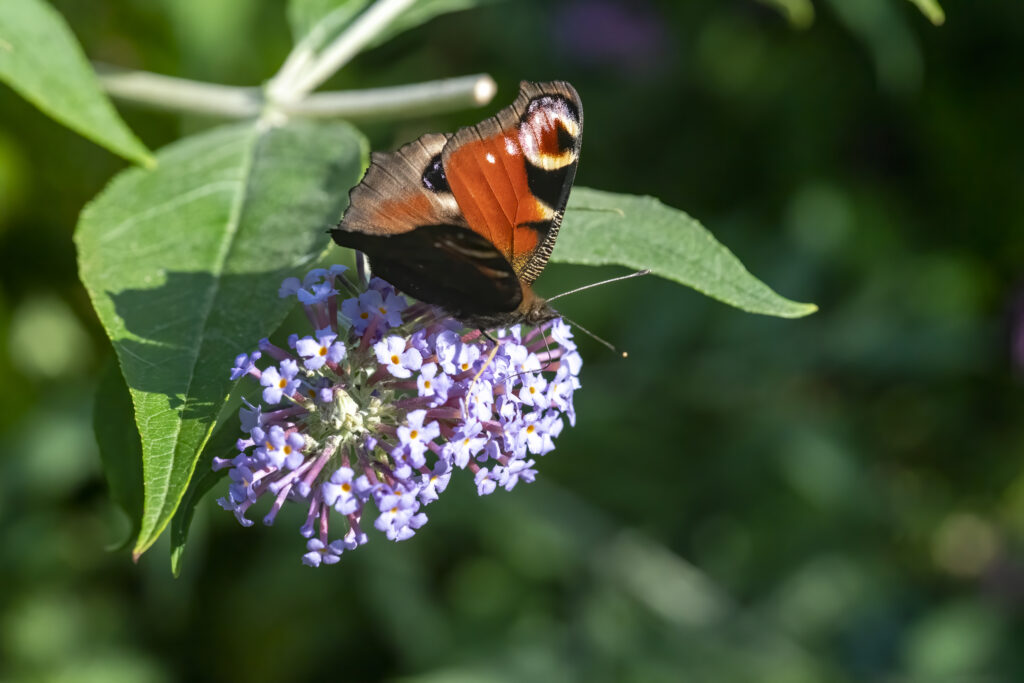
Luckily, for the most part, flowers that attract bees, also attract other wildlife. This means that many of the ones above are flowers that attract bees and butterflies. But if you’re curious about what flowers attract butterflies, here’s a quick list:
- Agapanthus
- Allium
- Aster
- Bluestar
- Butterfly Weed
- Echinacea
- Hollyhocks
- Lantana
- Lavender
- Marigolds
- Phlox
- Salvia
- Sedum
What Flowers Attract Birds
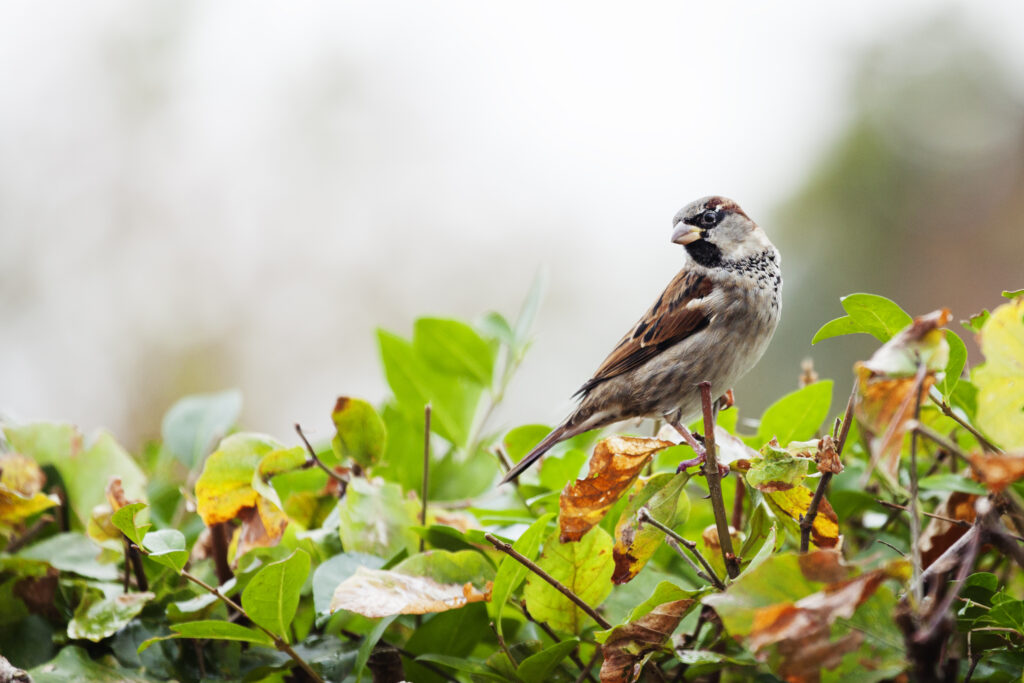
If you’re partial to birds of all kinds, then you may want to consider planting a few trees and shrubs to attract them to your garden. Here are a few of them, as well as some flowers, that attract birds:
- Crab Apples
- Hawthorn
- Holly
- Honeysuckle
- Ivy
- Rowan
2. Don’t Forget Trees and Shrubs
While grass and wildflowers are important, so are trees and shrubs. These are excellent sources of shelter and food for wildlife like birds, bats, and insects. Add small trees and shrubs like Crab Apple, Elder, and even fruit trees to benefit both you and the wildlife.
3. Add in a Bird Box and an Insect Hotel
Birds are just as important as bees and butterflies, and their wings need a nice place to rest every so often. Add a bird box to give them shelter and supplementary food. You can do the same for insects by creating an insect hotel. Use hollowed-out twigs, old branches, and even rocks, so insects can find shelter.
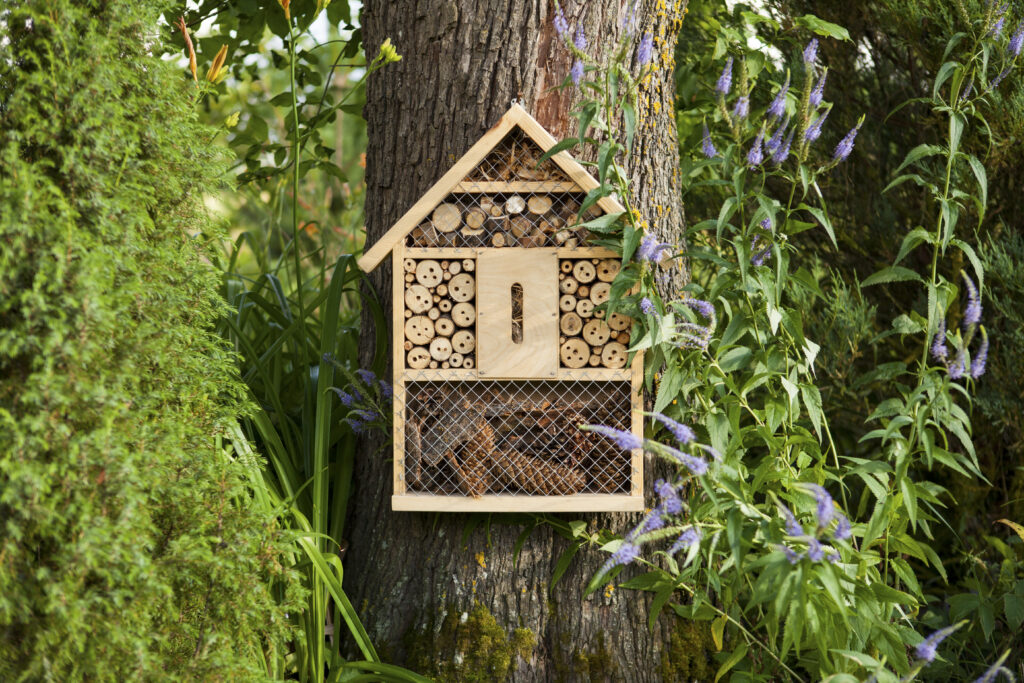
4. Use a Water Element
What is any ecosystem without the source of life? Create a well-rounded ecosystem by adding a water feature. Create a small pond by burying a trough or even a small bucket. Or add a larger pond with sticks and stones to help wildlife enter and exit the water. If you opt for a pond and are afraid of stagnant water, try adding Water Lilies. Not only do they provide a resting spot for certain wildlife, but they’ll also help purify your water source. If a pond isn’t on the cards, go for a water element like a bird bath or a fountain instead. Adding any type of water is great when it comes to attracting wildlife to your garden.
5. Welcome Local Wildlife in with a Gap in Your Fence
While some wildlife is capable of hopping or flying clear over your fence, you can always directly invite other species in. Small species like hedgehogs, rabbits, and even toads or frogs, will find themselves in your garden by way of a small opening.
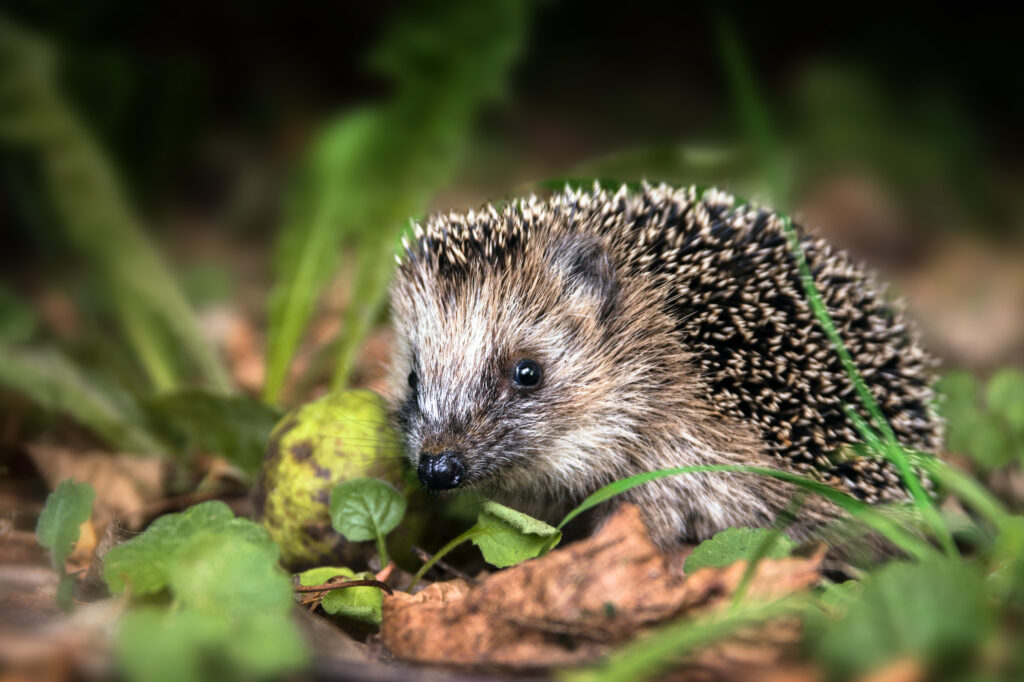
6. Do Nothing; Let It Grow
There’s something to be said for allowing your garden to grow naturally. Consider this when you’re thinking of how to attract wildlife to your garden. Don’t worry about weeds or mixtures of grass seed on your lawn. Instead, let them grow as they naturally would. You’ll invite all kinds of wildlife by letting your grass, flowers, shrubs, and trees grow. From butterflies and bees, to birds, and even toads and frogs, many species will take shelter in your garden. If you’re worried about the unkempt look, you may want to consider leaving just one small patch of your garden untouched by your lawnmower. Allow it to grow and watch how wildlife thrives!
7. Be Sure to Compost
Creating and using your own compost gives you nutrient-dense soil for plant growth. It also gives shelter to many fertilising wildlife, like Earthworms, frogs and toads. If you’re worried about small rodents like rats getting into your compost pile, then be sure to only add uncooked food.
8. Scatter Seeds for a Natural Appearance
Think of a large meadow filled with wildflowers. It’s never planted specifically in even rows. Certain flowers may be grouped together, but not always. Instead, they are sporadically spread apart. You can take inspiration from large wildflower fields for your own garden! Scatter your seeds and let your wildflowers grow naturally. You’ll be amazed at how much wildlife gathers with a natural appearance.
9. Offer a Meal
Attracting wildlife to your garden is a lot like attracting humans. People love to follow the food, and so do animals! You may consider having a bird feeder filled with bird seed. Having supplementary food will attract wildlife, especially in the colder months when food is scarce.
What to Keep in Mind for Attracting Wildlife to Your Garden
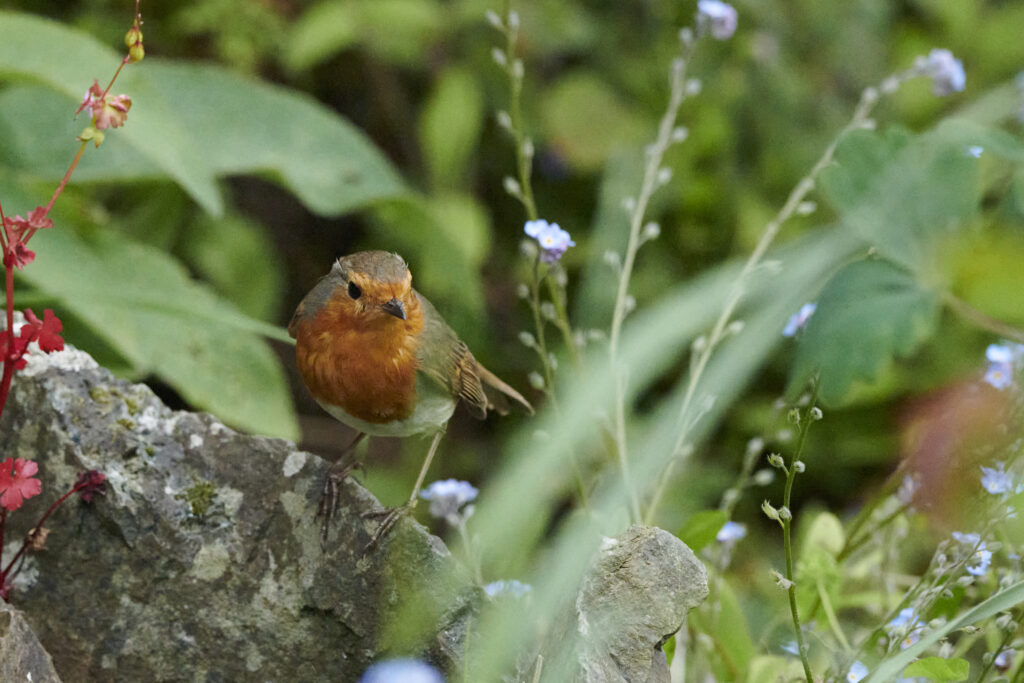
If you’re digging into how to attract wildlife to your garden, you’ll want to make sure you’re properly prepared. After all, it may sound like a wonderful idea. However, there are a few things you need to keep in mind when attracting wildlife to a garden.
Don’t Hand Feed Animals
While you may want to offer a meal to wildlife who wander into your garden, you will want to stay away from hand feeding them. Coaxing wildlife to you is a danger to them. De-sensitising them to humans can lead to further harm down the road. Not to mention, hand feeding can be a danger to you too. Many animals naturally carry diseases or can bite and cause injury to you. Give them supplementary food, but keep your distance!
What Foods Will Attract Wildlife?
In the Spring, as animals become livelier and more active, be sure to offer protein-rich foods. You could offer fruits to foxes and deer. Try leaving small amounts of wet cat food for hedgehogs. Give seeds in Winter as a supplementary meal for birds and squirrels. It’s extremely important that you’re not offering so much food that animals are becoming dependent on you for their meals. Doing this will drastically reduce their chances of survival in the wild. Only offer food sparingly, like during a harsh Winter.
What Animals Might Show Up in Your Wildlife Garden?
This depends heavily on what you decide to do to your garden. For example, the types of plants you decide to grow, or whether you’ve left shelter for species, like composting piles or even gatherings of leaves and sticks. However, if you do follow our guide on how to attract wildlife to your garden, you might find your back garden attracts:
- Bumblebees
- Honeybees
- Butterflies
- Badgers
- Hedgehogs
- Rabbits
- Foxes
- Deer
- Blackbirds
- Redwings
- Hummingbirds
- Frogs or toads

What Will Happen if You Attract Wildlife to Your Garden?
If you attract wildlife to your garden, you’ll offer more green space to local wildlife, which keeps valuable ecosystems thriving. They’ll control garden pests, fertilise your soil, and create a source of delight in your day-to-day life!
Now that you know how to attract wildlife to your garden, are you ready to create an entire nature preserve? We’ve got everything you need in our Lawn and Garden section to get started!
Woodie's
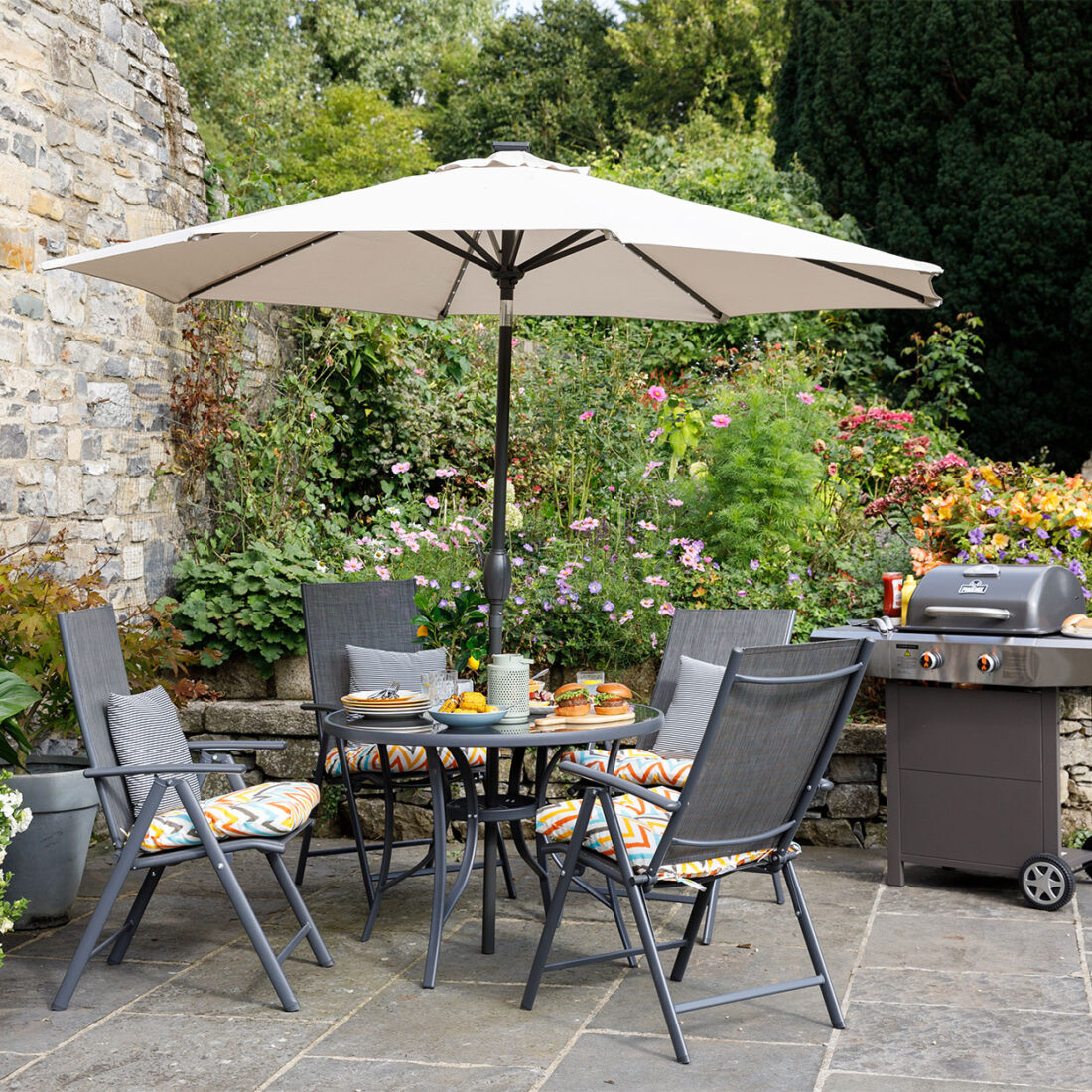
- Lawn & Garden,
- Outdoor Living
16 Simple Ideas to Bring Your Outdoor Space to Life

- Lawn & Garden
6 Types of Soil for Plants: Which Soil is Best for Different Types of Plant Growth?
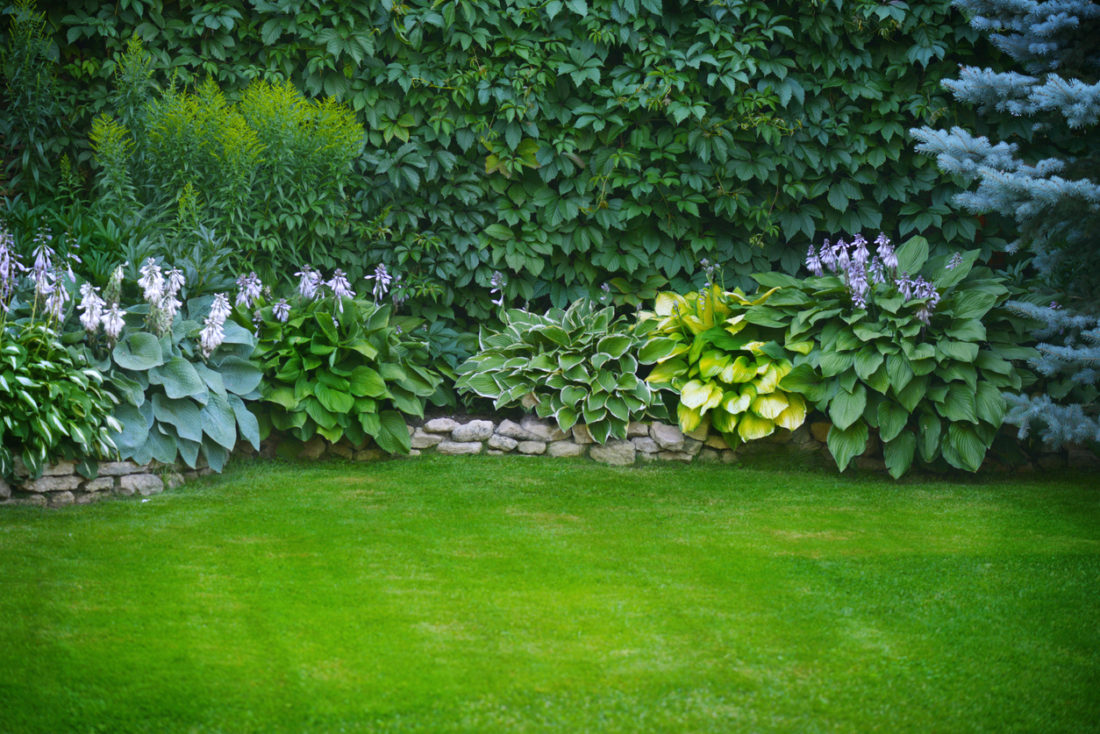
- Lawn & Garden
A Complete Guide on How to Sow Grass and Take Care of Your Lawn
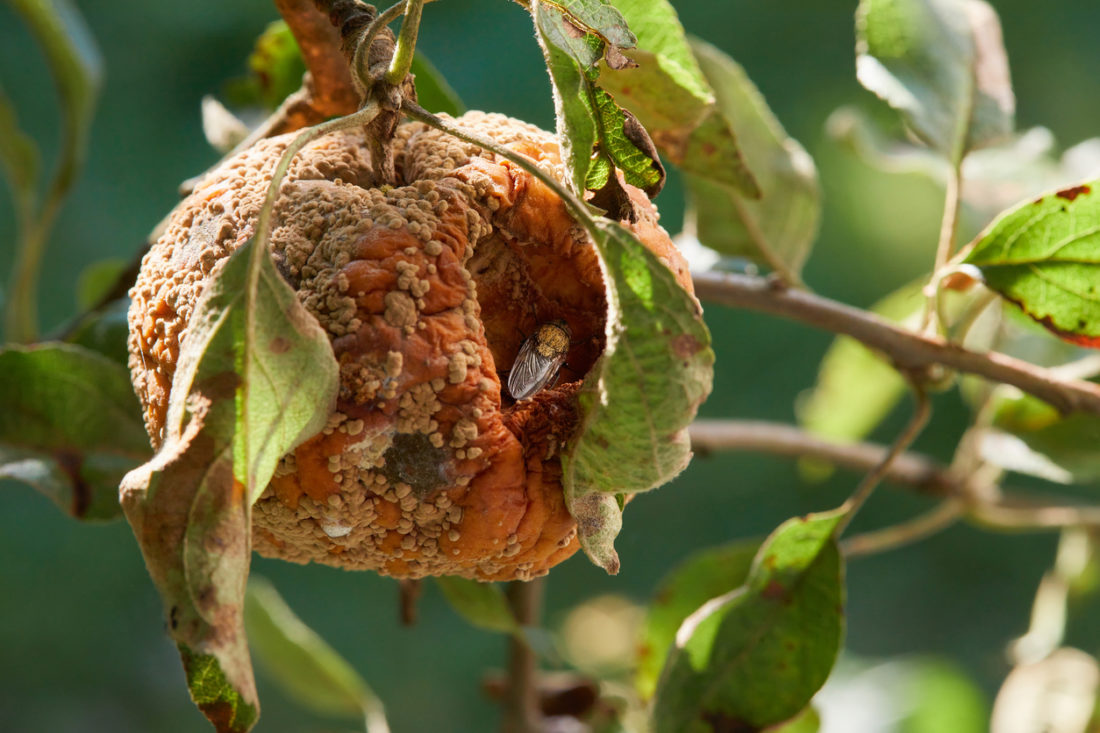
- Lawn & Garden
Everything You Need to Know About 9 Most Common Plant Pests and Diseases
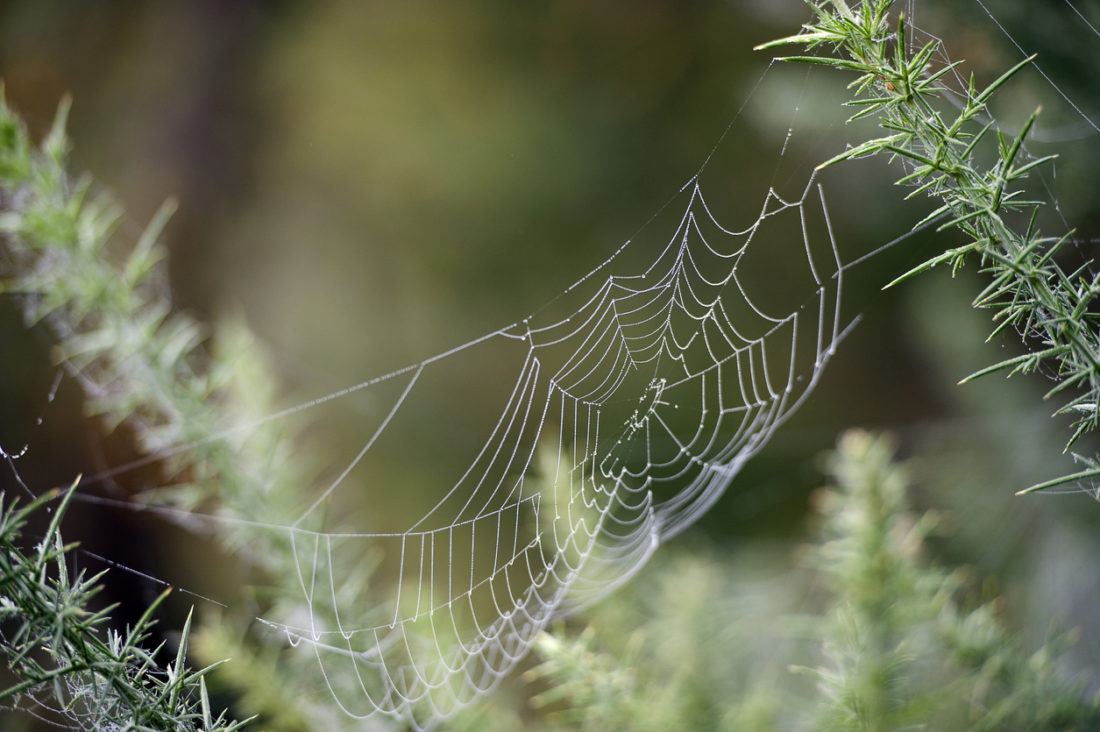
- Lawn & Garden
How to Get Rid of Ants, Flies, Spiders, and Mice: The Ultimate Guide to Home Pest Control
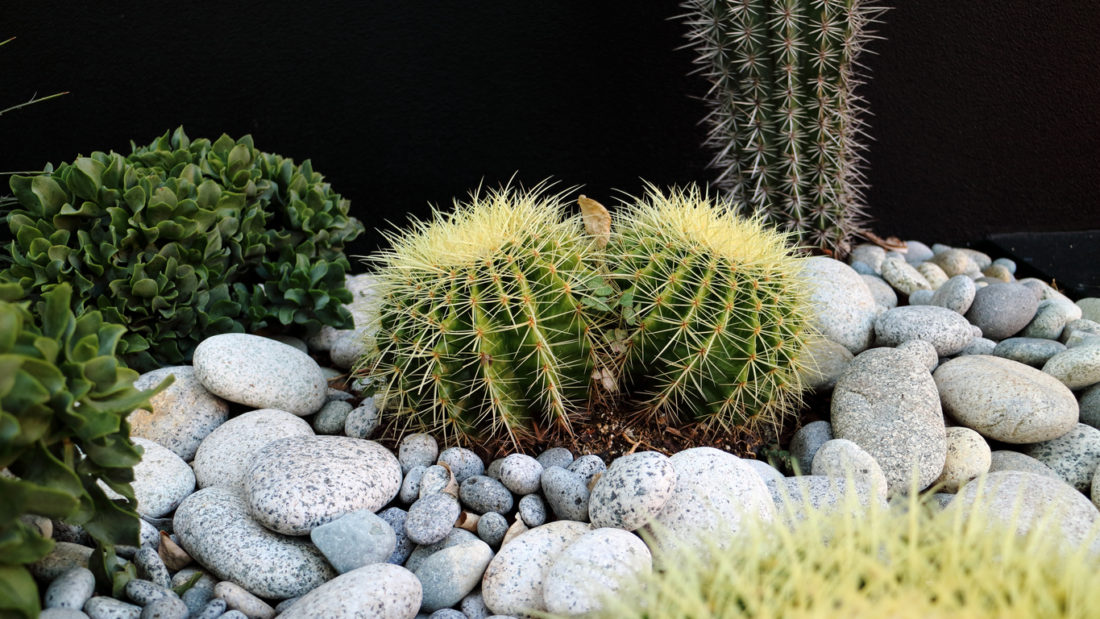
- Lawn & Garden